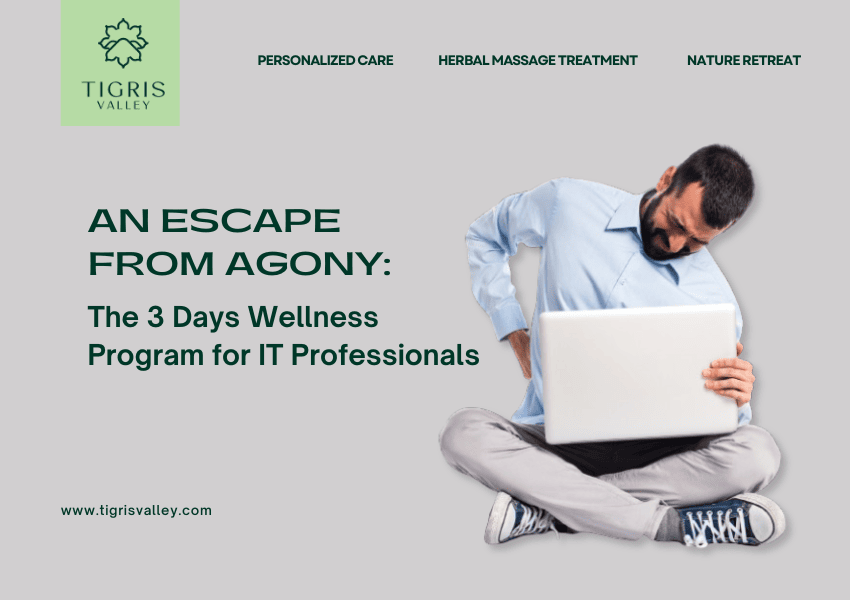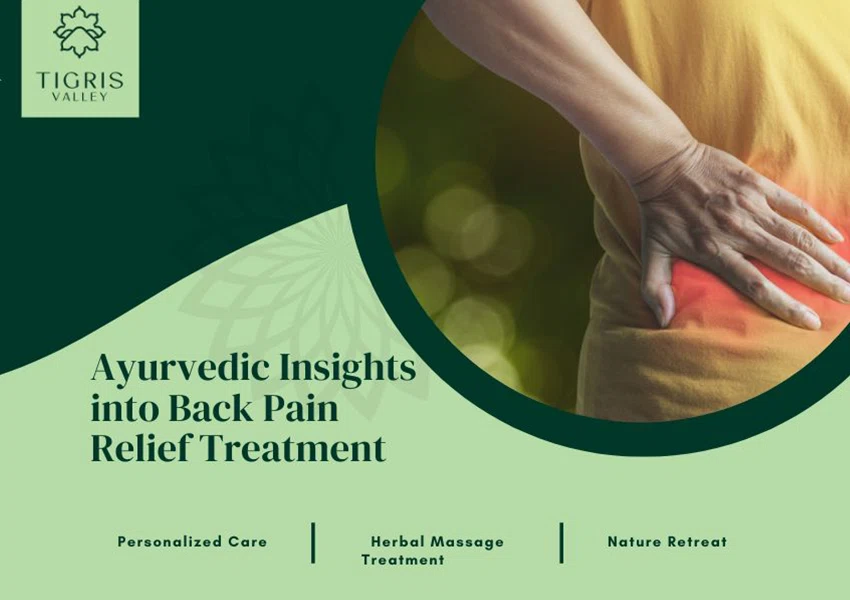
An Escape from Agony: The 3 Days wellness program for IT professionals
An Escape from Agony: The 3 Days wellness program for IT professionals India’s IT (information technology) sector is expanding rapidly every day. Many young people are drawn to the sector…












